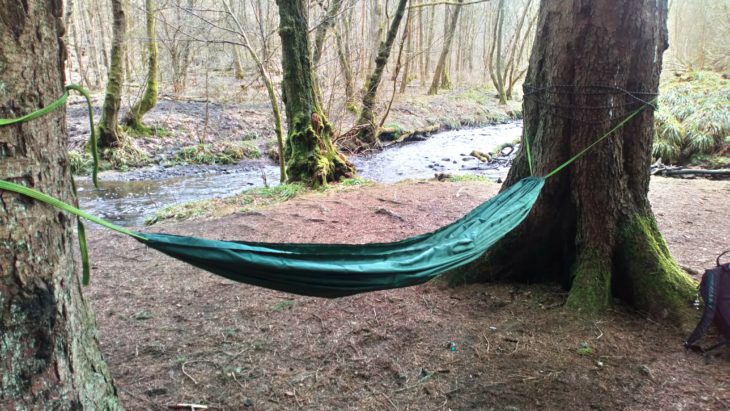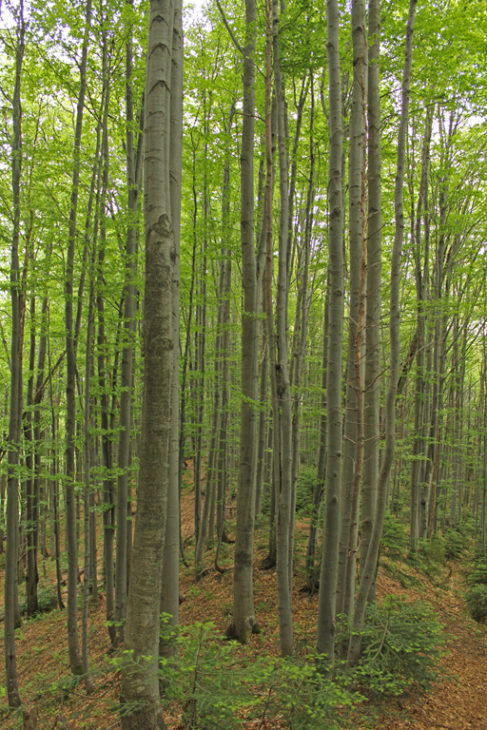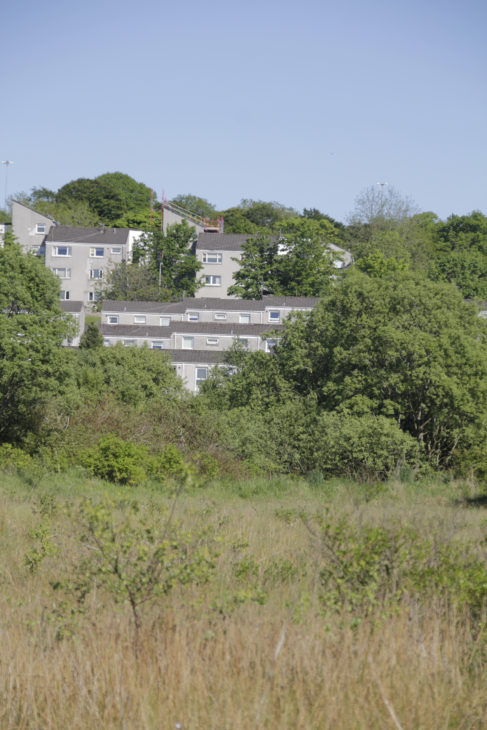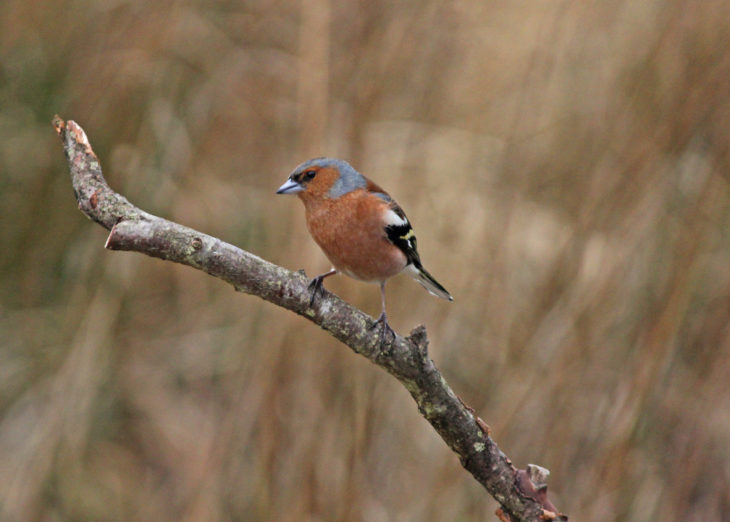Putting the Wild in Wild Ways Well
,
Wild Ways Well. What’s in a name? I’m sure everyone out there will agree that it positively trips off the tongue (you trying saying it a dozen times while giving a presentation and see how long it takes to get tongue tied!), but did we just pick the name because of the snazzy alliteration?
Or is – as many people suspect – the Wild part of the Ways Well theme just an excuse I came up with to get myself out of the office as often as possible? You can’t have Wild Ways Well in a meeting room after all. Could it all just be a cunning plan to let me drink tea outdoors?

Alas, I’m not that bright. If Oxford University are ever to appoint a Professor of Cunning it’s more likely to go to a weasel than it is to go to me.
In my last blog I talked about how compassion and social contact were a huge part of what made Wild Ways Well so special. The shared cup of tea made over a fire is one of the most important things we do – but it’s not all about what we do, it’s also about where we do it.
Regular readers of this blog will have heard my story – if not its covered here – but the jist of it is simple. I lived most of my life suffering from crippling anxiety and depression. I lived a life of fear and sadness with no hope or prospect of recovery. Until, in my most desperate hour, spending time in amongst nature changed me.
No other interventions made any noticeable difference, it was nature that pulled me out. Nature that made the difference. Wildlife and wild spaces that saved my life – and I’m not alone.
There are a lot of theories behind this, and research in this ‘field’ (arf!) is active and ongoing.
Why is nature Beneficial; Mayer et al (2008)
Happiness and Feeling Connected: The Distinct Role of Nature Relatedness; Zelenski et al (2012)
This is just a very small sample of the evidence base. I’m no scientist (a statement that anyone who taught me at school or university will quickly agree with), but I know what I feel within myself and what I see in the people who come on our sessions. This effect is real, it is measurable and demonstrable. Change happens in greenspaces. People spend time outdoors, among nature, and they feel better about their lives. Children play in woodlands and they’re happier. Families bond, communities come together. Individuals find new interests, new inspirations, new meaning.
New hope.

My own theory, for what it’s worth, is that being outdoors speaks to something deep within our bodies. We have spent millions of years evolving and adapting to life outdoors – not just amongst nature, but part of nature. You’ll often hear naturalists talk about animal species being perfectly adapted to their environment, dolphins perfectly shaped by nature to glide through the water, eagles designed by natural selection to live in symbiosis with the wind.
But there is no species more adapted to the natural environment than humans – in fact we’re so perfectly adapted that we utterly dominate the planet. For millions of years we spent our lives outdoors, in natural spaces, under natural light, living by the rhythms of the sun and the seasons. Even as civilization rose, most people still spent their lives outdoors, reliant on the light of the sun.
And then, a couple of hundred years ago, we began to shut ourselves indoors.
Think about those timescales for a moment. On the scale of our evolutionary past 200 years is the blink of an eye. We went, in a scaled fraction of a second, from spending all our time out amongst nature, to being almost completely shut away from it.

For many people in Scotland their daily lives will consist almost entirely of life spent in human made places. Crammed into concrete towns and cities. Waking into artificial light, commuting to a workplace in a car, bus, or train, spending their day shut away in an office building, a shop, a factory, or at home, still under artificial light and surrounded by smell of vehicles and machinery, the ubiquitous hum of electricity, cars, and machines the dominant sound.
Wild Ways Well aims to show something different. Yes, our towns and cities are artificial spaces, but usually you don’t have to go far to find some nature. In Cumbernauld we’re lucky in the range of parks, nature reserves and greenspaces we can visit, and we aim to take full advantage of that.
There are amazing spaces out there. Places where pine martens, otters and badgers call home. Where butterflies float among the wildflowers, where dragonflies hunt and bumblebees forage. Places where trees soar to the sky and flowers carpet the ground. Where clean water flows through ancient glens on its long journey to the sea.
And all of it in Cumbernauld. All of it free to access. Protected by watchful guardian organisations, a haven for nature – but a haven for people too. Places where we can forget about our worries, escape the problems and doubts of everyday life, even if only for a few moments, and feel re-energised by the peace and beauty surrounding us.
Wild Ways Well is a partnership project with its two primary movers being The Conservation Volunteers (TCV) and The Scottish Wildlife Trust.
It might not seem obvious why either of these organisations are interested in mental health, but they are actually perfect partners in this approach. The Scottish Wildlife Trust provides the wildlife reserves and wild spaces we work in, while TCV has the expertise to engage with people from every part of society.
The Trust knows how to help people benefit nature, TCV are the experts in how nature can benefit people. It’s a subtle difference but an important one and Wild Ways Well has its place right in the nexus where one view meets the other. If you drew a Venn diagram (and please do, I like a good graph) then we would be right there in the middle. People helping nature to help people.
There are some nice fancy words for this kind of thing ‘Natural Capital’ is one, the ‘Natural Health Service’ is another.
The idea behind terms like ‘Natural Capital’ is that all the nature that surrounds us doesn’t just exist in a vacuum. It has a value. For most of us committed nature lovers that is a bit of an odd way to think – of course nature has an intrinsic value in itself, just by existing it enriches us all. But unfortunately not everyone thinks it is that simple. Other people see the world in other ways, have different value sets, different priorities. Many people don’t have nature anywhere near the top of their priority list, compared to things like human health or poverty.

I always think of my grandad at this point. Always a fiercely independent man, towards the end of his life my grandad developed dementia. His life was turned upside down. Despite everything we could do to comfort him he was confused, frightened and upset. It must have been so difficult for him to accept, not only that he could no longer look after himself, or live in his own home, but that he couldn’t even understand the reasons why this was happening. Couldn’t recognise the faces of his own family.
I have to admit that Grandad was never much of a wildlife man – he loved his garden, but he was the type of gardener that liked to order and arrange nature. He grew wonderful roses, but I don’t remember him ever putting up a bird feeder or a nestbox, there was no wild space left for hedgehogs amongst the flower beds, mice wouldn’t have been tolerated near the vegetable patch.
But now, as he sat in his room in this unfamiliar building, surrounded by faces and people he didn’t remember, he did something a bit unusual. He began to feed the birds.
When I went to visit him he talked about the birds which flitted by outside his window, living their lives in the garden he overlooked. Soon he started saving choice bits of his meals so that he could put them on the windowsill where the birds could find them and where he could watch them. We talked about them whenever i visited, sometimes it was hard to strike up a conversation, but talking about the birds made his face light up.
From day to day he might forget who I was, but the birds were a constant, something he could hold onto and understand. Nothing special, chaffinches and sparrows mainly, the occasional robin. Nothing that a bird watcher would bother with, nothing that would cause an ecologist to cross the street or a developer to think twice before ordering a new housing estate.
‘Just’ a chaffinch. One of many millions in the world. But at that point in time, to my granddad, just what were those chaffinches worth? How do you value the joy they gave him? The sense of worth that feeding them brought, the purpose they gave to his day, the feelings of comfort, of dealing with something he could remember and understand. They entertained him, they made him feel useful, they gave his actions meaning in a world where he must have felt there was little left. They made him smile.
How much was all that worth? What sort of care package or medication could have replicated it? How many nurse’s hours would it have taken to provide its equivalent? What would it have cost the NHS or society in pounds and pence to create the same effect those chaffinches achieved for the price of a few crusts of bread or a handful of sunflower seeds?
People brighter than I could no doubt come up with a real, substantial, monetary value, but I think it’s fair to say that at that point in time, to my grandad, those birds were priceless.

I don’t need to be convinced about the value of nature, but in the grand scheme of things I don’t really matter. If we who care about nature can’t convince policy makers, economists, accountants – and the public as a whole – that nature benefits us all then nature will always take second place. Increasingly this feels like a battle that we’ve been losing. Our natural spaces being eroded away by development and growth, unloved, undervalued. When budgets are shrinking often the environment is seen as an easy target.
And that’s partly what Wild Ways Well is about. Nature can help people, and by doing so it can inspire people to help nature. By taking people into the outdoors we help people to feel better about themselves and their lives, but we also motivate them to care about the natural places we spend time in.
The Five Ways to Wellbeing concept of ‘Connect’ fits well here. We encourage people not only to connect with one another as part of a group, but also to connect with the nature and the green spaces that we’re working in. To feel a sense of ownership and responsibility for the woodlands, to recognise that we’re all part of the same wide world. Exposing people to nature in depth, showing them what is out there on their doorsteps, inspires individuals to care about it. Demonstrating to people that nature benefits them, that it has a value for their children and their communities makes them more likely to fight to protect it.
Healthy wild places leads to healthy communities, and by demonstrating that nature can make a real difference, in one of the biggest public health issues facing the world today, we give another string to the bows of those who are working to defend and preserve nature, wildlife, and habitats. We provide another example of the value of green spaces, add another positive line in their ledger, give pause to those who would cast them aside.
Use it or lose it, if the public don’t value wild places, don’t spend time in them, don’t fight for them… then they’ll be taken away, lost in favour of other priorities that catch votes or are seen to have more financial value.
Does that sound cynical? I hope not. Natural Capital is just a side effect of the Natural Health Service. At the heart of everything we do is well-being. For people and for wildlife, communities, and habitats. I firmly believe that without natural spaces human society is diminished, but that with them, all working in harmony together, we are all immeasurably enriched and improved.
People helping nature to help people feel better about their lives, that’s Wild Ways Well.
If you’d like to get involved with Wild Ways Well then find out more information here or drop me an email pbarclay@scottishwildlifetrust.org.uk
Paul Barclay
Wild Ways Well is a partnership project between The Conservation Volunteers and The Scottish Wildlife Trust, delivered by Cumbernauld Living Landscape and funded by the Green Infrastructure Community Engagement Fund and Transport Scotland.
